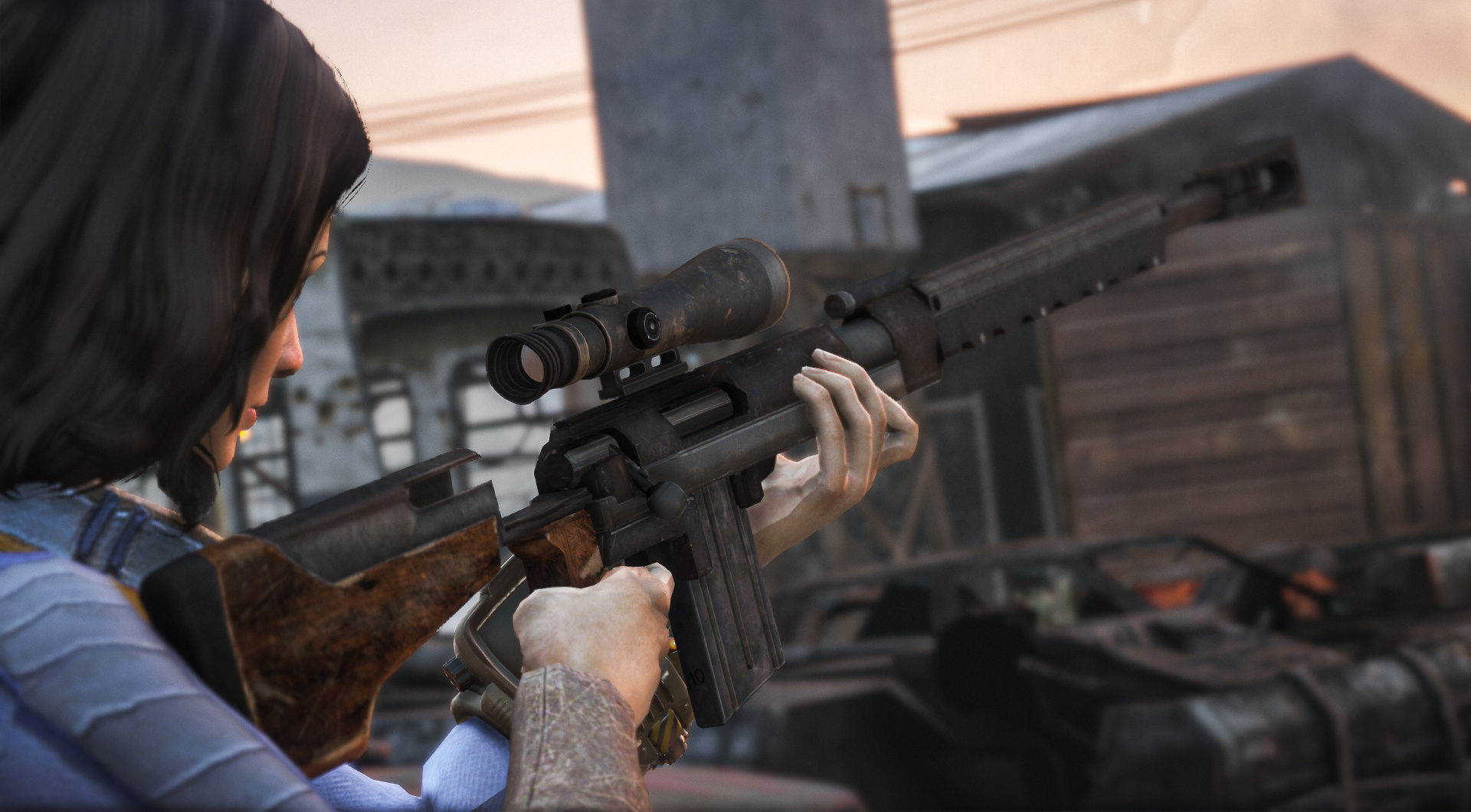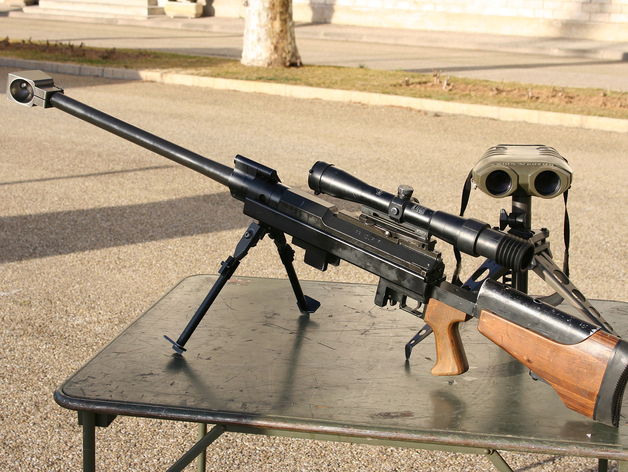

A fiber optic technology scope and eyepiece imaging system was developed (or at least proposed) to allow use of a hip-fired M2A2 for VIP protection purposes. An even shorter paratrooper variant dubbed M2A2 made it more favorable to airborne forces and special forces, especially because it could be fired from the hip, thanks to the advanced recoil mechanism. Dubbing it the M2, designers reduced its barrel length and weight. Owing to the great weight of Gepárd M1, sharpshooters were instructed to abandon the weapon if forced to retreat quickly and only save the grip assembly for proof, rendering the gun useless.Ī semi-automatic version of the M1 was later produced. Yet, the Hungarian army decided to purchase 25 rifles of the Gepárd M1 type for use as an in-the-field materiel destruction rifle, but did not purchase any of the later variants so far. The single shot action was designed to reduce the number of moving parts and allow for extreme precision, five hits out of five shots fit in a 25 centimeter radius circle at 1300 meters. The M1 was essentially a sniper weapon, not primarily intended for military field application, but for anti-terrorist police and special forces' use, who operate on the "one shot, one kill" principle. Improvements, such as the addition of a carrier/lafette backpack and a longer barrel, led to the M1A1 variant, but at 21 kilograms its combat weight was deemed excessive. Still, the Gepárd rifles need specially made, high-strength telescopic gunsights. The design was inspired by artillery cannons, which face the same impediment. The recoil problem was solved with the addition of a barrel that recoiled back after each shot. Other difficulties such as high recoil also plagued the M1. This tedious task took time to master and slowed the weapon's rate of fire. To do this, the user had to rotate, pull back, remove the grip assembly (whose shape resembles a signal-flare handgun), and insert another cartridge. The M1 fired only one shot and would then have to be manually reloaded. However, the rifle was complicated to reload. It featured a long barrel for increased accuracy, a skeleton stock to reduce weight, and used the heavy 12.7×108mm cartridge. The M1 was the first Gepárd rifle to enter service.

The project, led by Ferenc Földi (Institute of Military Technology of the Hungarian People's Army), culminated in the creation of the Gepárds. In 1987 the Hungarian army sought to obtain a compact, mobile weapon that could damage lightly armored targets. These long range, large caliber rifles have high accuracy as well as high muzzle velocity. The Gepárd anti-materiel rifles ("gepárd" meaning cheetah in Hungarian) are a family of Hungarian weapons designed to destroy unarmored and lightly armored targets. The Gepárd anti-materiel rifle with bipod


 0 kommentar(er)
0 kommentar(er)
